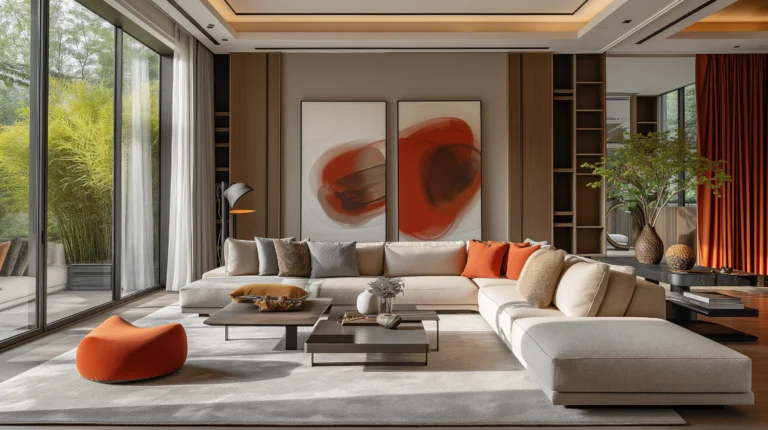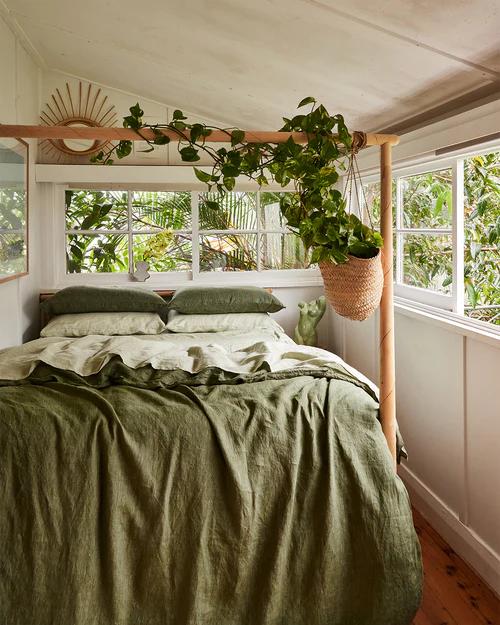If you’re looking to create a stunning and functional space, mastering the 7 principles of interior design is essential. By understanding these fundamental concepts, you can create a cohesive and beautiful environment tailored to your unique needs and preferences.
In this article, we’ll dive deep into each principle, offering practical tips and examples to help you create a space that feels like home. So, let’s explore The 7 principles of interior design.
The 7 Principles of Interior Design
1. Balance
Balance is one of the most important principles of interior design. Achieving balance in your space involves creating a sense of harmony through the placement of objects, colors, and textures. Experiment with symmetrical, asymmetrical, and radial balance to find the perfect equilibrium for your space. Use large furniture pieces as anchor points, and pay attention to color and texture to create contrast and balance.
There are three types of balance that we often talk about in interior design: symmetrical, asymmetrical, and radial.
- Symmetrical balance is when objects are mirrored on either side of an imaginary center line, creating a sense of order and calm.
- Asymmetrical balance, on the other hand, is achieved through the careful placement of objects of different sizes, shapes, and colors. It’s a bit like a puzzle, and when done well, it creates a sense of energy in a space.
- Radial balance is when objects are arranged around a central point, such as a chandelier or a piece of art.
So how can you achieve balance in your own space? Start by taking a step back and looking at the room as a whole. What feels off-balance? Is there too much weight on one side of the room? Are the colors or textures overwhelming? From there, you can begin to experiment with different arrangements of furniture and decor, moving objects around until you achieve a sense of harmony.
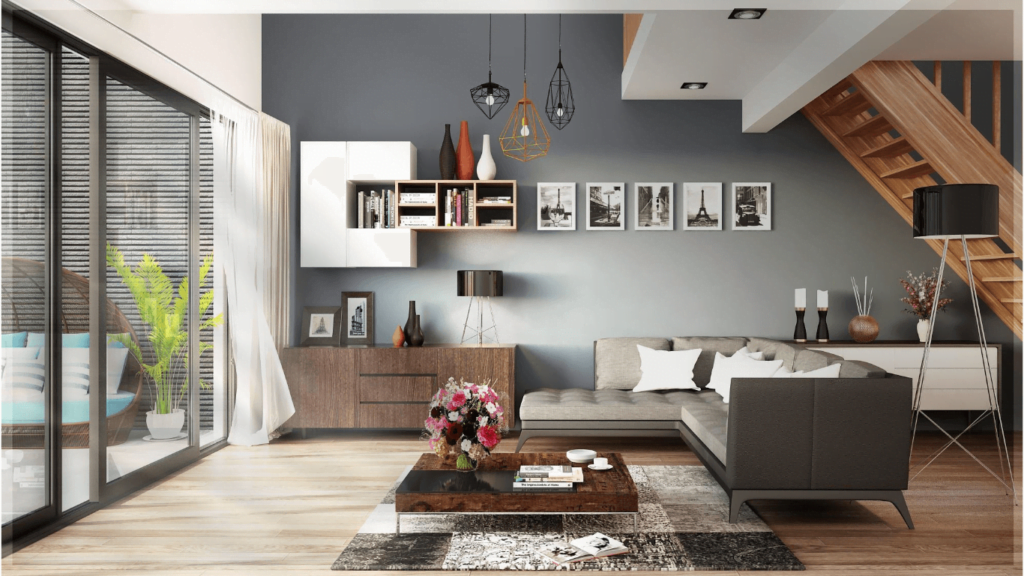
One simple trick is to use a large piece of furniture, like a sofa or an armchair, as an anchor point for the rest of the room. From there, you can add in other objects that complement and balance out the weight of the furniture. Another tip is to pay attention to color and texture, using a mix of bold and neutral tones to create a sense of contrast and balance.
By taking the time to carefully consider balance in your space, you can create a sense of calm and order that makes your home feel like a true sanctuary.
2. Harmony and Unity
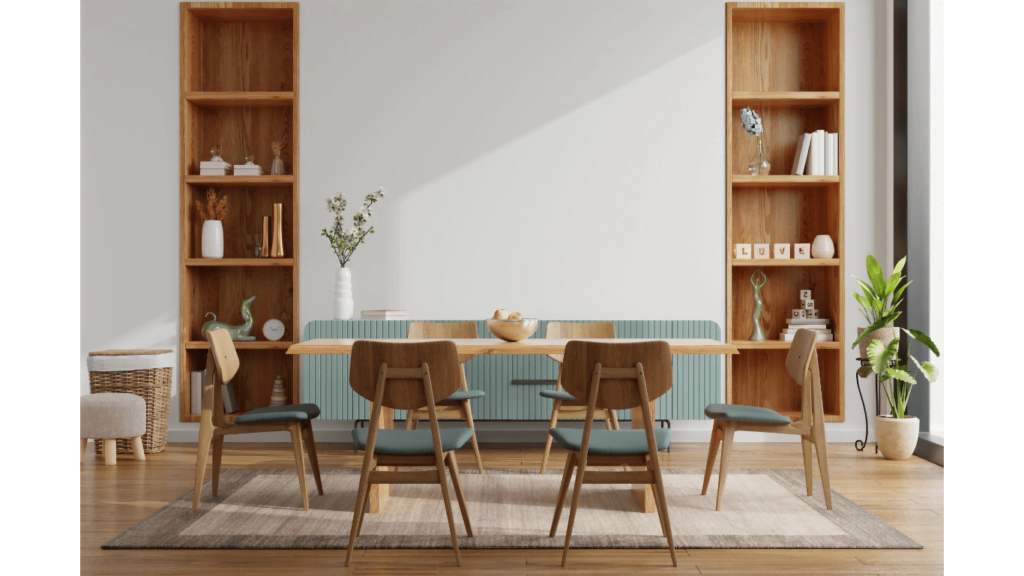
If you’ve ever walked into a space that felt disjointed and chaotic, you know how important unity and harmony are in interior design. At its core, unity is about creating a sense of cohesion between different elements in a space, while harmony is about ensuring that those elements work together to create a sense of balance and flow.
So how do you achieve unity and harmony in your own home? One approach is to start with a simple palette of colors and textures and build from there. Think of it like a painting: you want to create a base layer that feels consistent and cohesive before adding in more complex details and accents.
Another important aspect of achieving unity and harmony is paying attention to the shapes and patterns of different elements in a space. For example, you might choose a circular rug to complement a round coffee table or use geometric pillows to tie together the shapes in a room.
But perhaps the most important tip is to be mindful of the feeling you want to create in a space. What do you want your home to evoke? Comfort, relaxation, inspiration, or something entirely else? By keeping that feeling in mind as you make design decisions, you can ensure that each element of your space contributes to a sense of unity and harmony, helping with the 7 principles of interior design.
3. Rhythm

Rhythm is not just for music and dance; it’s an essential aspect of interior design that can make your space feel cohesive and well put-together. Rhythm refers to the way that your eye moves around a room and how it takes in the various elements.
Repetition is a key way to create rhythm in interior design. By repeating certain colors, shapes, or textures throughout a room, you can create a sense of visual continuity that ties everything together. For example, you might repeat the same color in different elements of the room, such as the rug, the throw pillows, and the artwork.
Progression is another way to create rhythm, and it involves gradually increasing or decreasing a particular element in a room. This could mean a progression in size, color, or pattern. For example, you might have a set of vases on a mantel, each slightly larger than the last.
Transitions are also important in creating rhythm. A transition is the way that two different elements in a room relate to each other. You can use transitions to create a sense of flow and movement in a space. For example, you might use a color gradient to transition from one shade to another or use different patterns that complement each other.
To create rhythm in your space, start by choosing a few key elements that you want to repeat or vary throughout the room. Experiment with different arrangements and placements, and don’t be afraid to try new things. Remember, the key to good rhythm is balance and flow; once you find the right balance, your room will feel harmonious and well put together.
4. Proportion and Scale
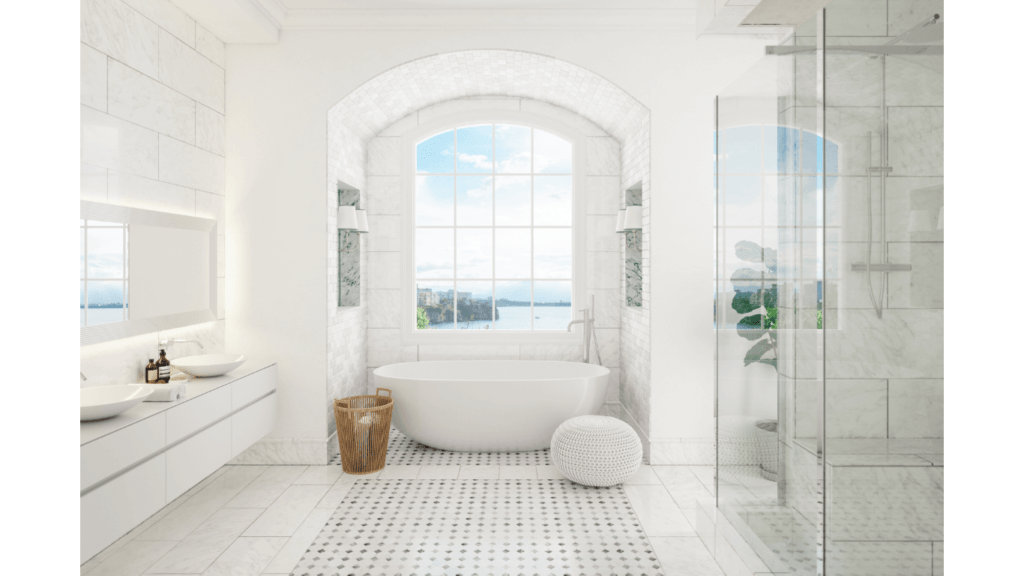
Proportion and scale are crucial elements of interior design that can make or break a space. Imagine walking into a room where everything looks either too small or too big. It can feel jarring and uncomfortable. That’s why it’s important to understand the concepts of proportion and scale in interior design.
Proportion is all about the relationship between the size of different elements in a room. It’s about how they relate to each other and to the overall space. Scale, on the other hand, is about the size of things in relation to the human body. For example, a small coffee table might look perfect in a showroom, but in your living room, it might look out of place and tiny.
To achieve proper proportion and scale in your space, you’ll need to consider the size and height of your furniture, the placement of your decor, and the size of the room itself. One of the most common mistakes people make is choosing furniture that is either too big or too small for the room. If you have a small space, go for pieces that are smaller in scale, and vice versa for a large room.
Another tip for achieving proper proportion and scale is to create a focal point in the room. This could be a piece of artwork or a statement piece of furniture. From there, you can build out the rest of the room with complementary pieces that are in proportion and scale with the focal point.
Ultimately, achieving proper proportion and scale in your space is about finding the right balance. Don’t be afraid to experiment with different sizes and arrangements until you find the perfect fit. Remember, interior design is all about creating a space that feels comfortable and inviting, and proper proportion and scale are key to achieving that goal.
5. Emphasis
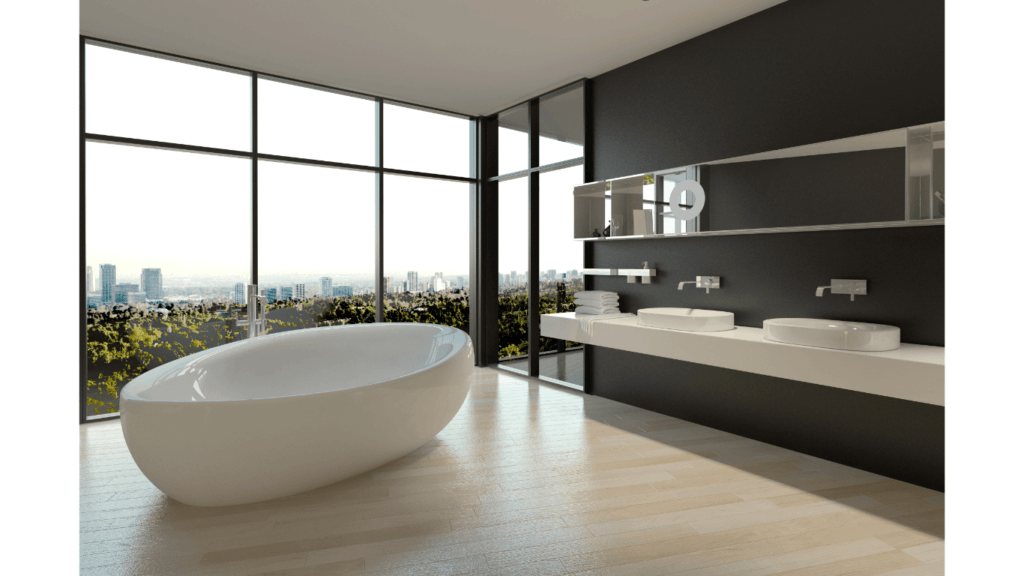
Emphasis is the secret ingredient that can take your space from “nice” to “wow!” It’s what catches the eye and makes a statement. In interior design, emphasis is all about creating a focal point or feature that stands out and draws attention.
To achieve emphasis, it’s important to first consider the purpose of the space and what you want to highlight. It could be a stunning piece of art, an eye-catching rug, or a statement lighting fixture. Whatever it is, make it the star of the show and design the rest of the space around it.
One effective way to create emphasis is through contrast. By contrasting colors, textures, shapes, or styles, you can make your focal point pop. For example, if you have a white wall, a bold, colorful painting will immediately draw the eye.
Another approach is to use repetition to create emphasis in interior design. By repeating a color, pattern, or shape, you can create a cohesive look and highlight certain elements. For instance, if you have a collection of vases, grouping them together can create a striking focal point.
Lastly, don’t forget the power of lighting. A well-placed light fixture or spotlight can make all the difference in emphasizing a feature in your space.
Remember, emphasis is not about overloading your space with too many focal points, but rather choosing one or two key features and making them shine. So, be bold, be creative, and have fun creating a stunning focal point in your space!
6. Contrast

Contrast can be described as the use of opposing elements, such as color, texture, or shape, to create interest and depth in a room. It is a powerful tool in interior design, as it can help to highlight certain areas and create a focal point.
Incorporating contrast into your space can be achieved in several ways. One way is to play with colors, using opposing hues to create a dynamic look. For example, you could pair a deep navy blue with a bright, sunshine yellow, or a rich burgundy with a soft, muted green.
Another way to add contrast is through texture. For example, a plush, velvet couch can be paired with a sleek, metal coffee table to create an interesting visual juxtaposition.
Contrast can also be achieved through shape and form. Consider adding pieces with strong, geometric shapes to a room with soft, flowing curves, or vice versa.
It is important to remember that contrast should be used purposefully and in moderation. Too much contrast can lead to a chaotic and overwhelming space, while too little can result in a lackluster and uninspired room.
In conclusion, contrast is a key element in creating a visually dynamic and interesting space. By thoughtfully incorporating contrasting elements in your color, texture, and shape choices, you can create a space that is both visually striking and harmonious.
7. Details
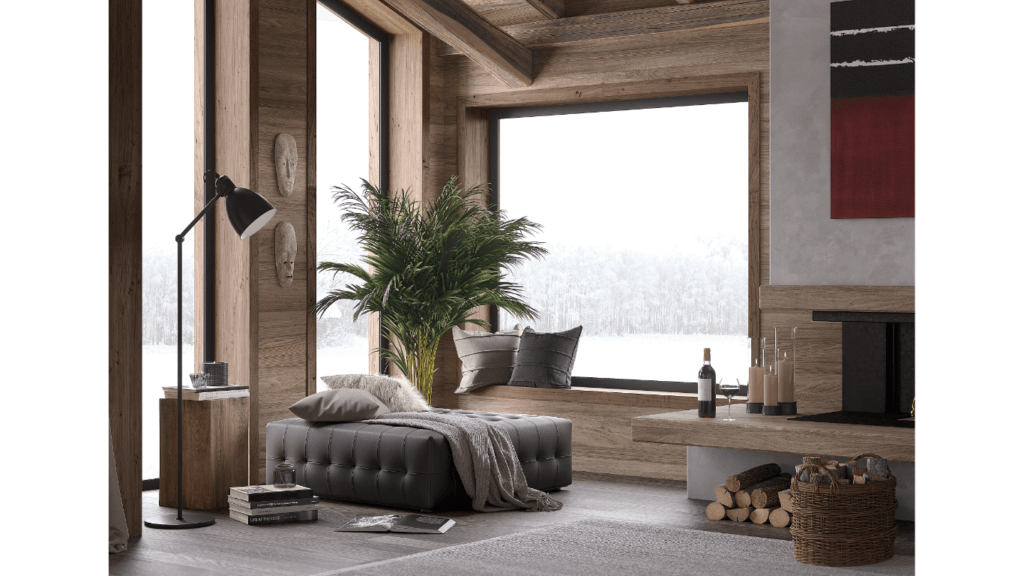
Every space needs a touch of detail to elevate it from just ordinary to extraordinary. In interior design, details are those little elements that add interest, depth, and texture to a space. They can range from decorative objects, such as vases, sculptures, and picture frames, to functional items, like knobs and handles, light fixtures, and textiles.
The key to incorporating details into your space is to keep it balanced. You don’t want to go overboard and clutter your space with too many details, or else it can become overwhelming and chaotic. At the same time, you don’t want to be too minimal and plain, or else your space may come off as boring and lackluster.
So, here are some tips for incorporating details into your space:
- Start with a neutral palette. When you have a neutral base, it creates a perfect canvas for adding details. You can add pops of color, pattern, and texture to make the space more interesting.
- Layering is key. Layering different textures and patterns adds depth and interest to a space. For example, you can layer different rugs on top of each other, mix and match different throw pillows, and add different fabrics to your window treatments.
- Create a focal point. Use details to draw the eye to a particular area of your space. It can be a statement piece of furniture, a unique artwork, or a textured wall. By creating a focal point, you add visual interest and drama to your space.
- Pay attention to the lighting. Lighting can make or break a space. Incorporate different light sources, such as floor lamps, table lamps, and sconces, to create different moods and add depth to your space.
Wrap up!
And there you have it! We’ve covered the seven essential principles of interior design that will help you achieve a perfectly balanced, harmonious, and beautiful space that you’ll love coming home to every day.
Remember, balance is key when it comes to achieving an effortless and stylish interior. It’s essential to consider each principle and how they can work together to create the perfect balance for your space.
From creating symmetry and asymmetry, incorporating contrast, texture, and patterns, to focusing on proportion, rhythm, and details, there are many ways to play with the principles to achieve a cohesive and stunning interior.
But don’t forget, these principles are not rigid rules. They’re guidelines that can help you find a starting point, but ultimately, it’s about finding what works best for you and your space. So don’t be afraid to experiment and have fun with your design.
Whether you’re designing a new home or revamping your current space, remember to keep the 7 principles of interior design in mind, and you’ll be well on your way to creating a space that’s not only aesthetically pleasing but functional and comfortable too.
So go forth and create your dream space with confidence and style! By finding the right balance between the principles of interior design, you’ll be able to create a space that is not only beautiful and functional, but also uniquely yours.



